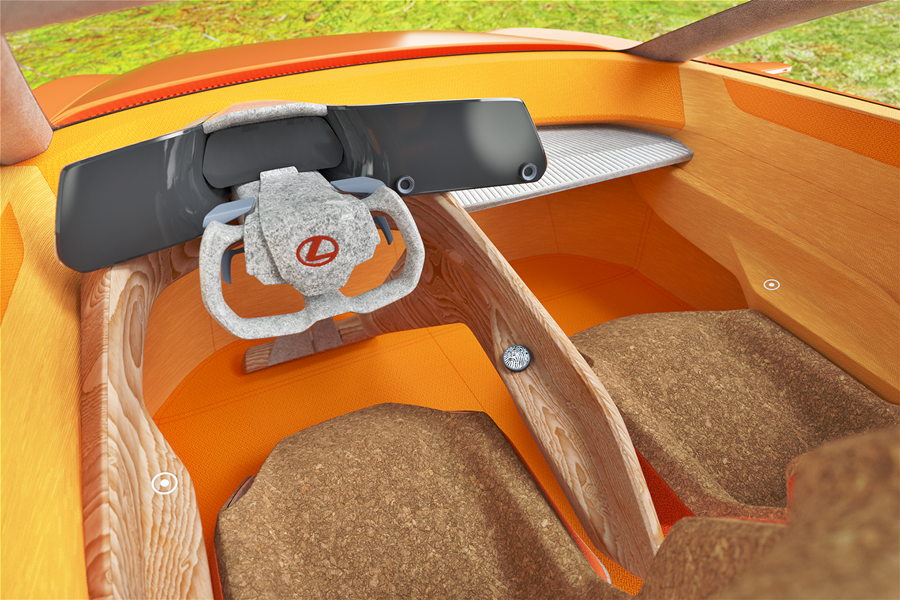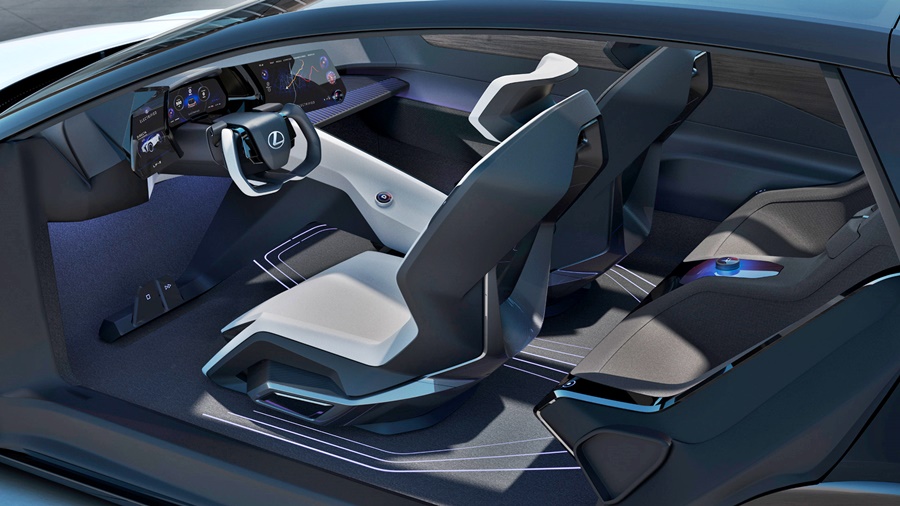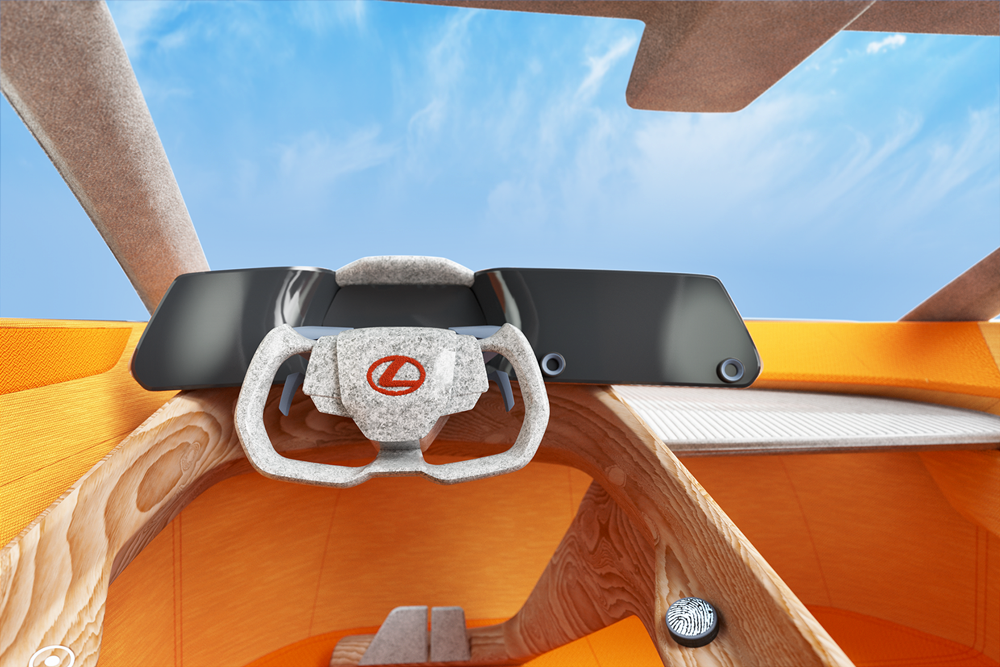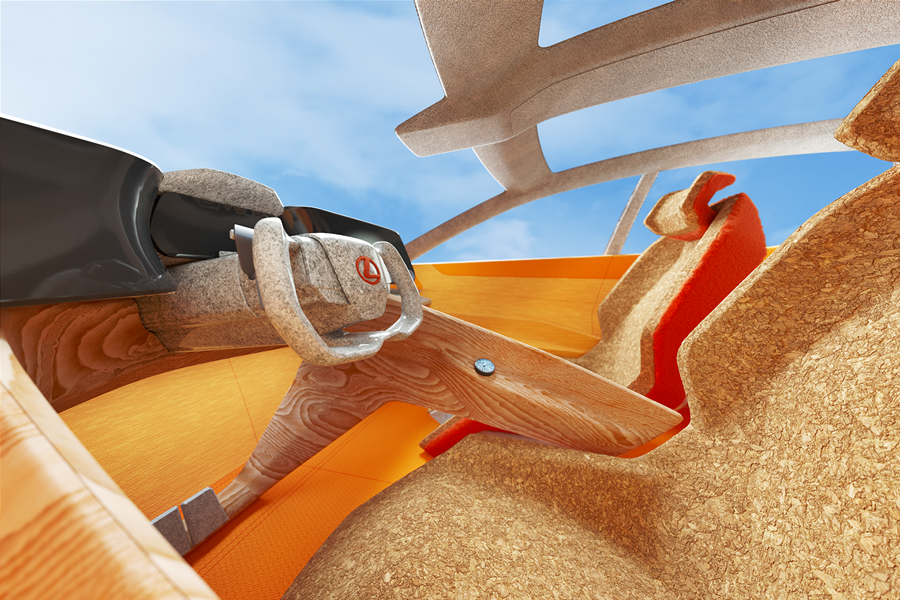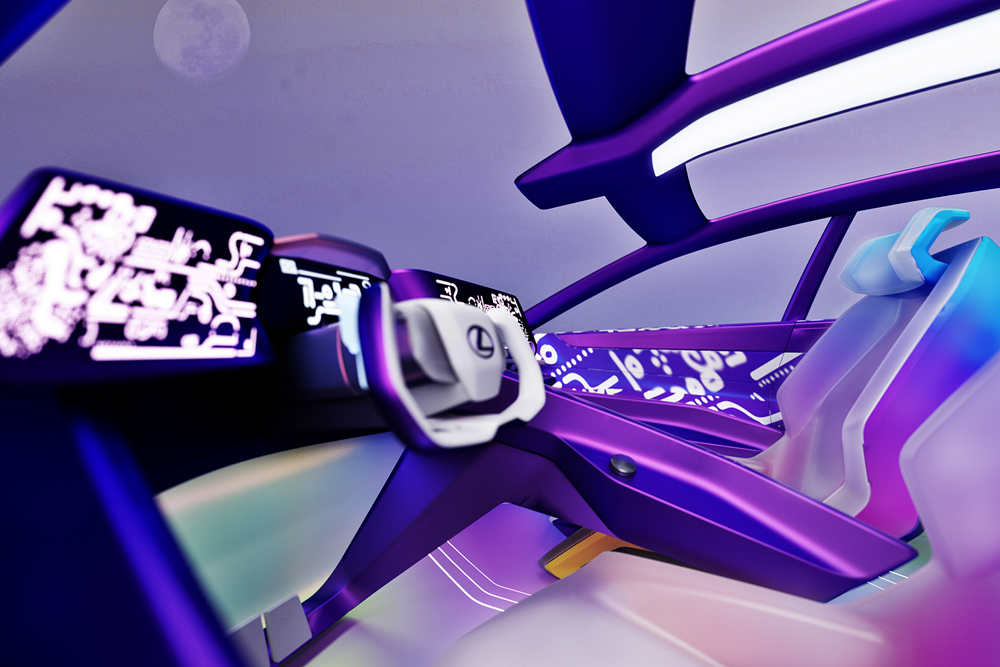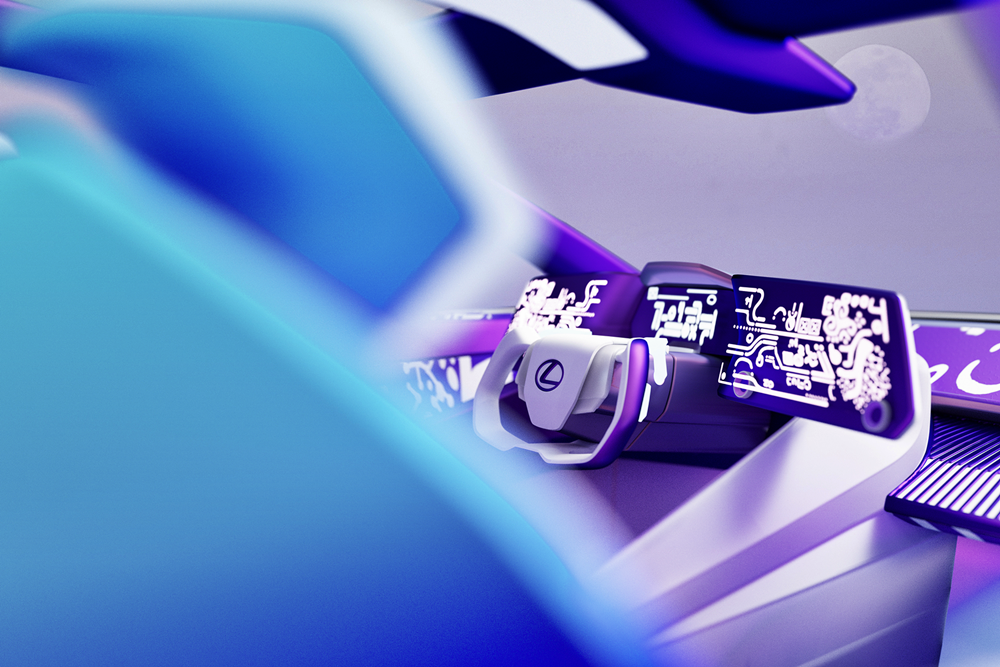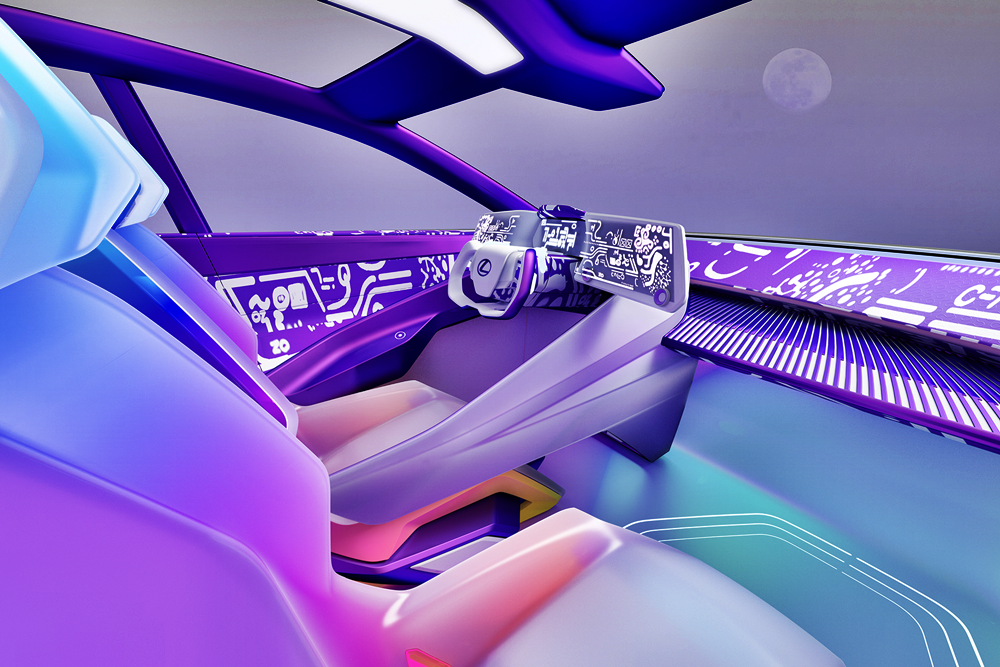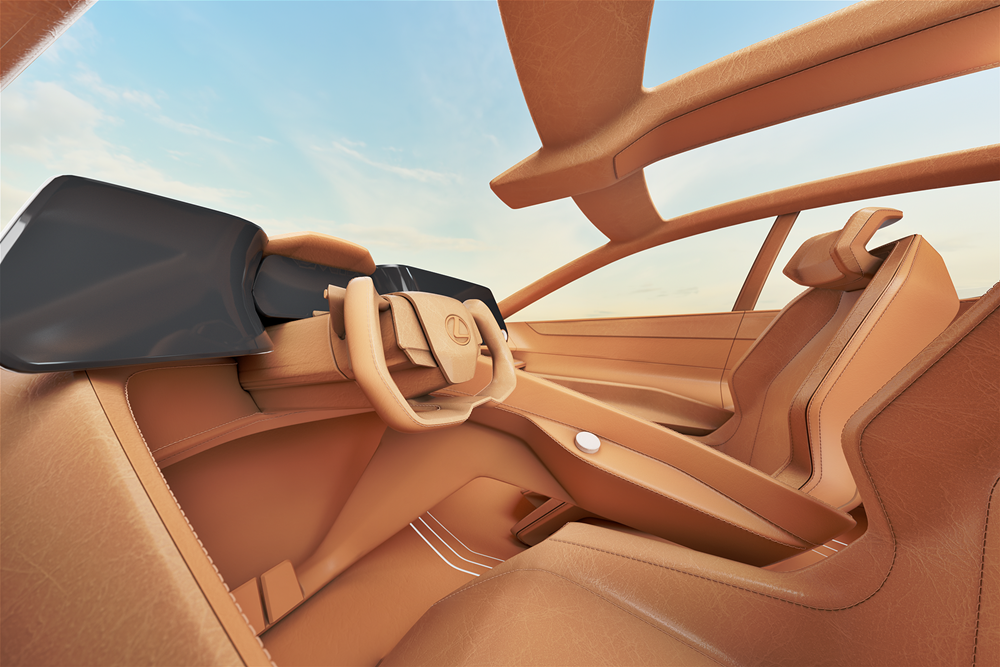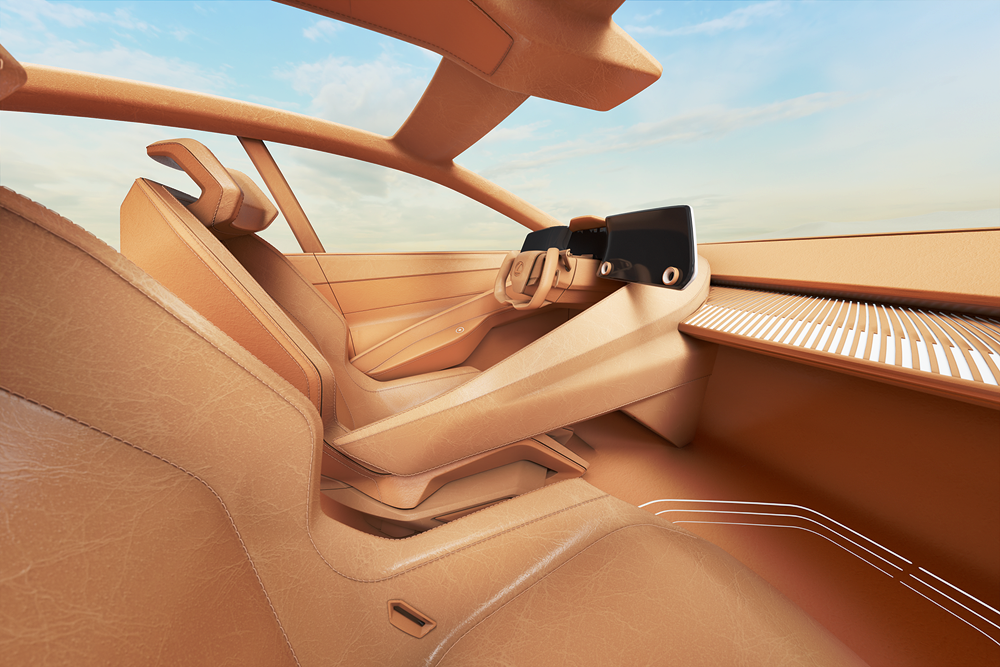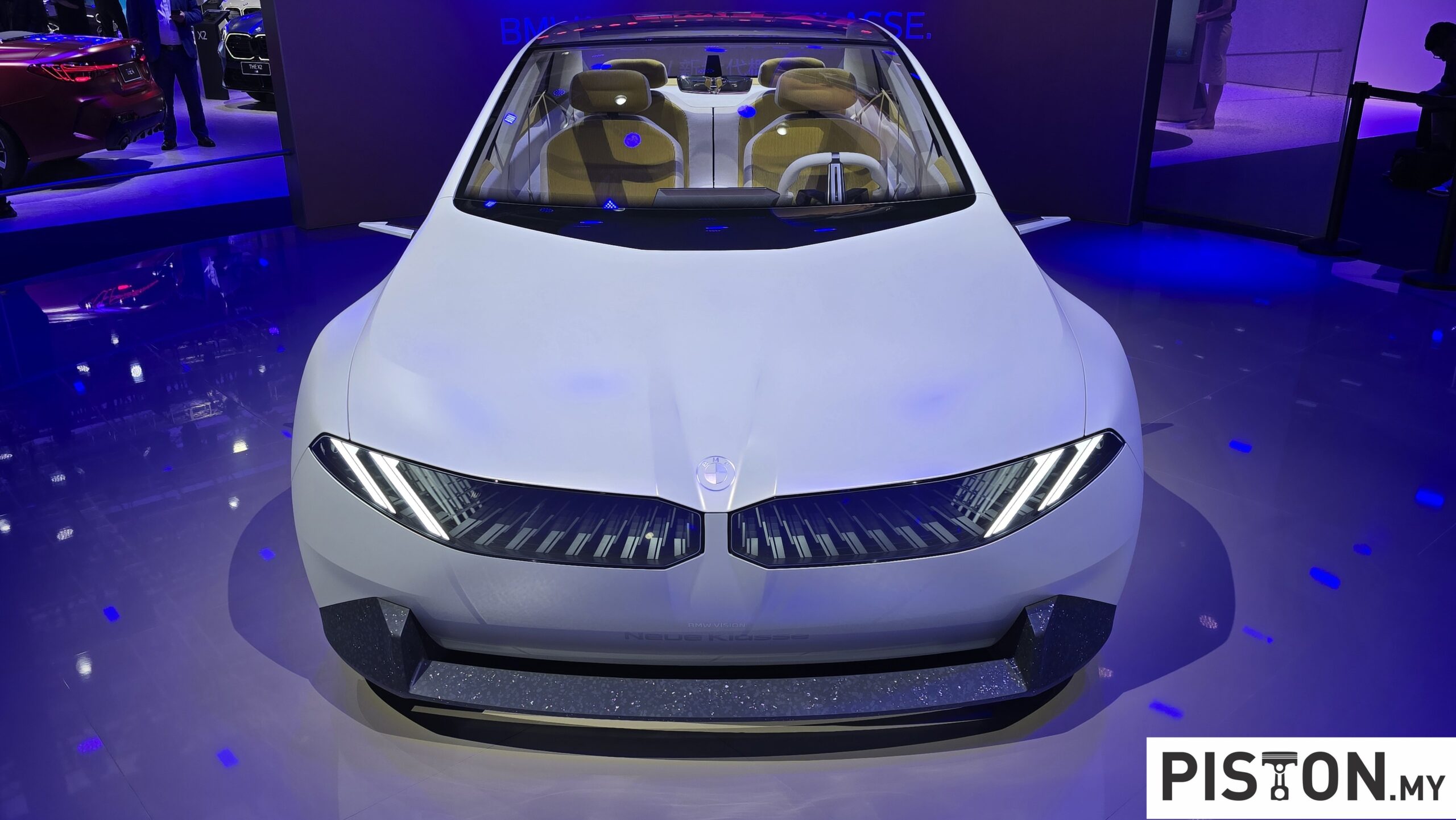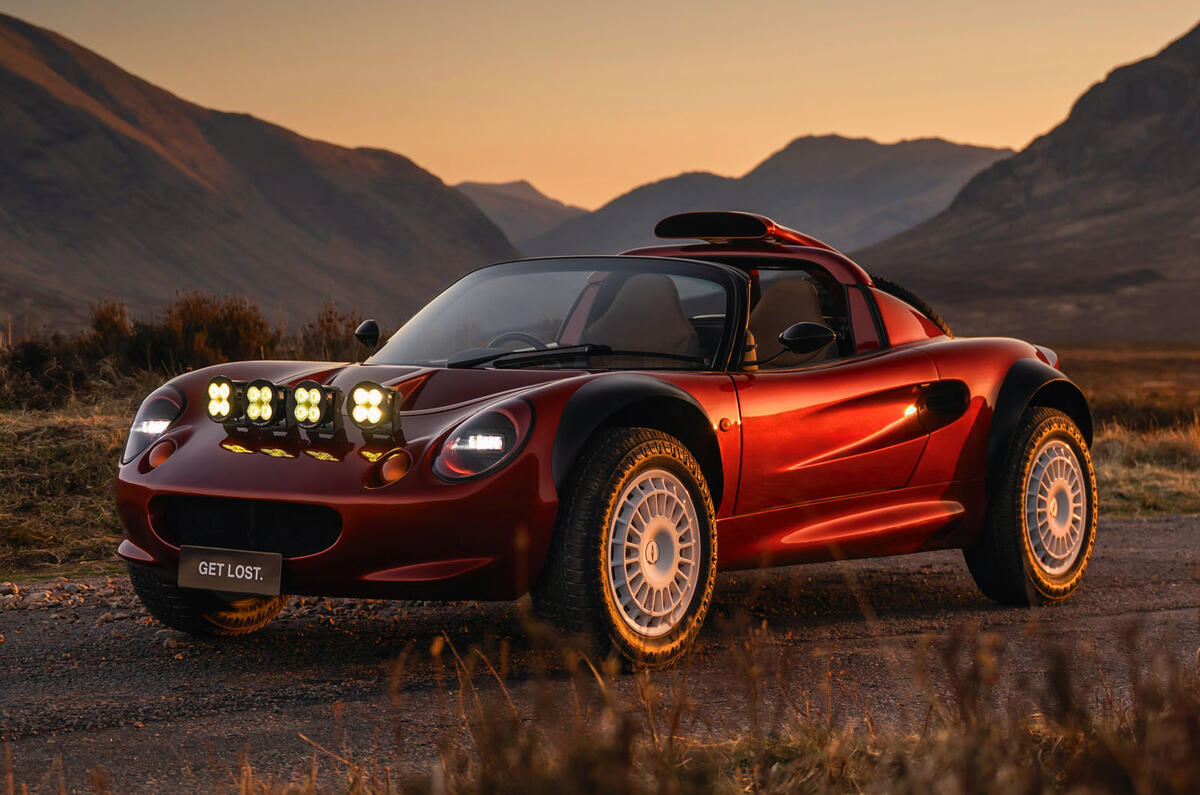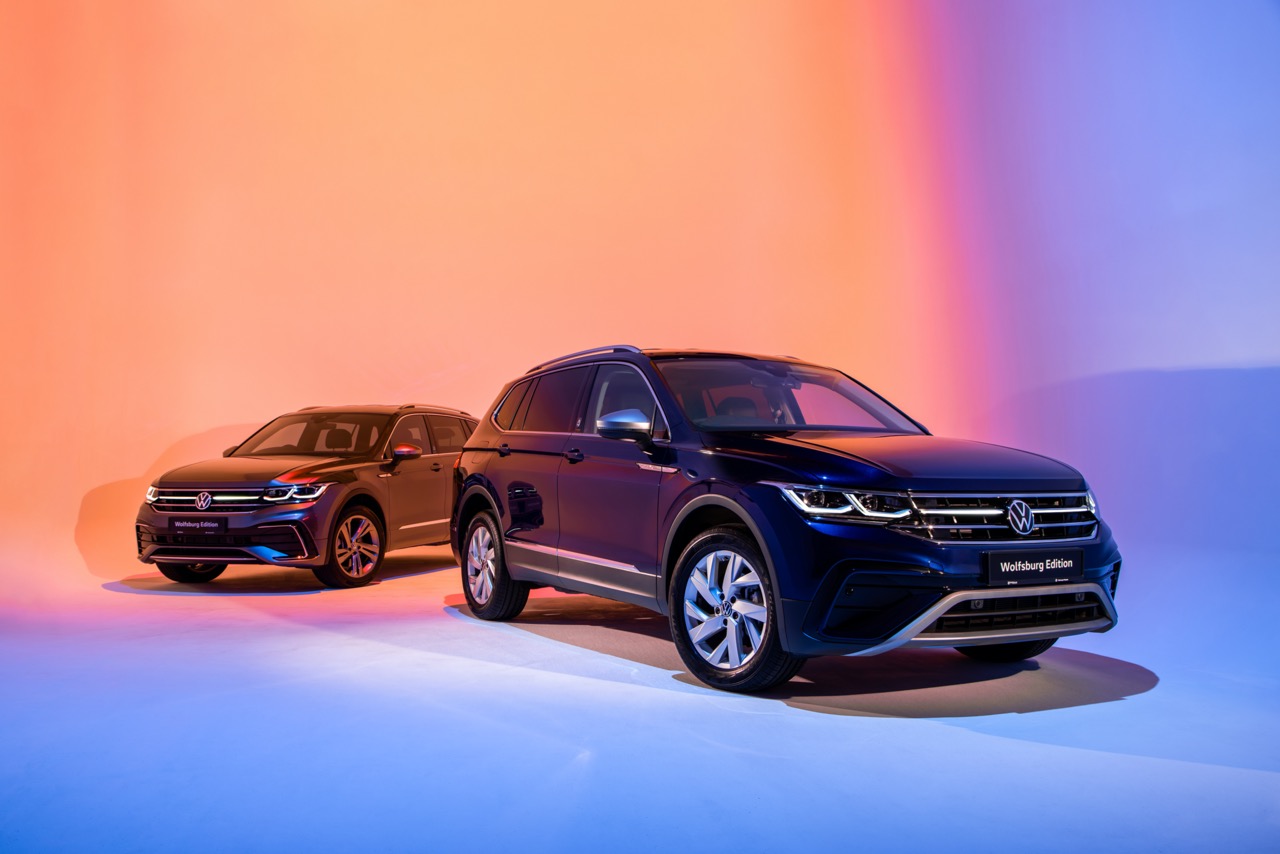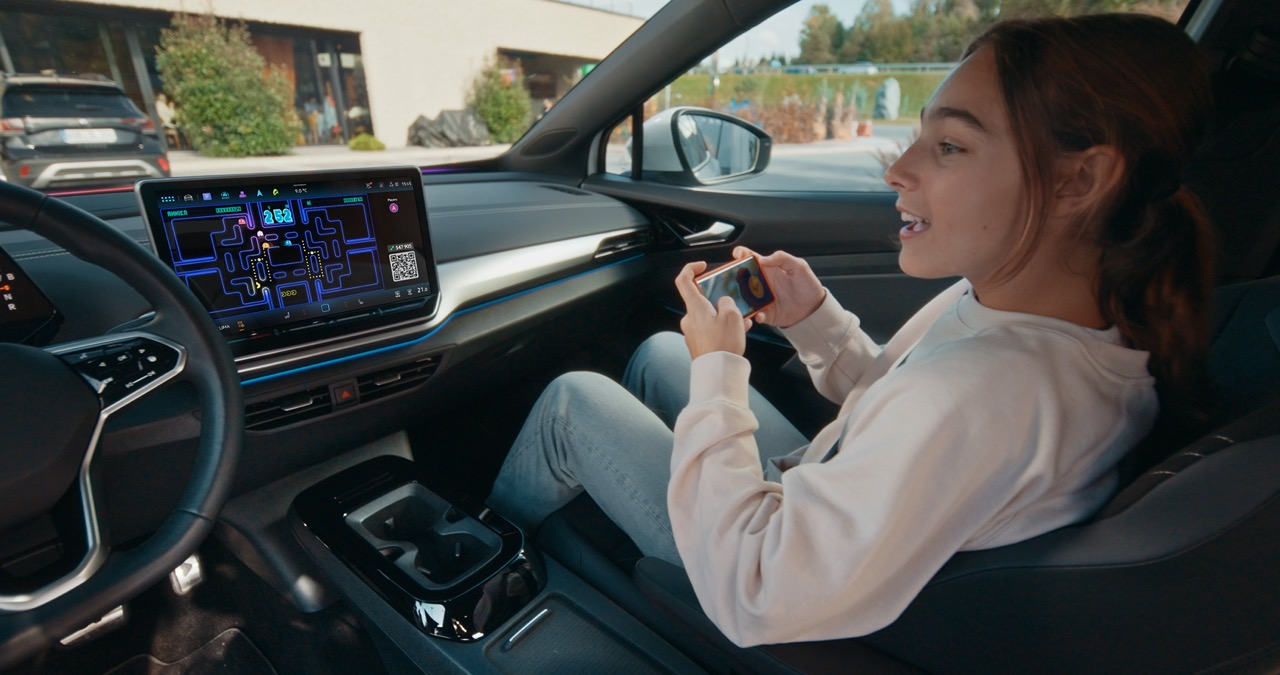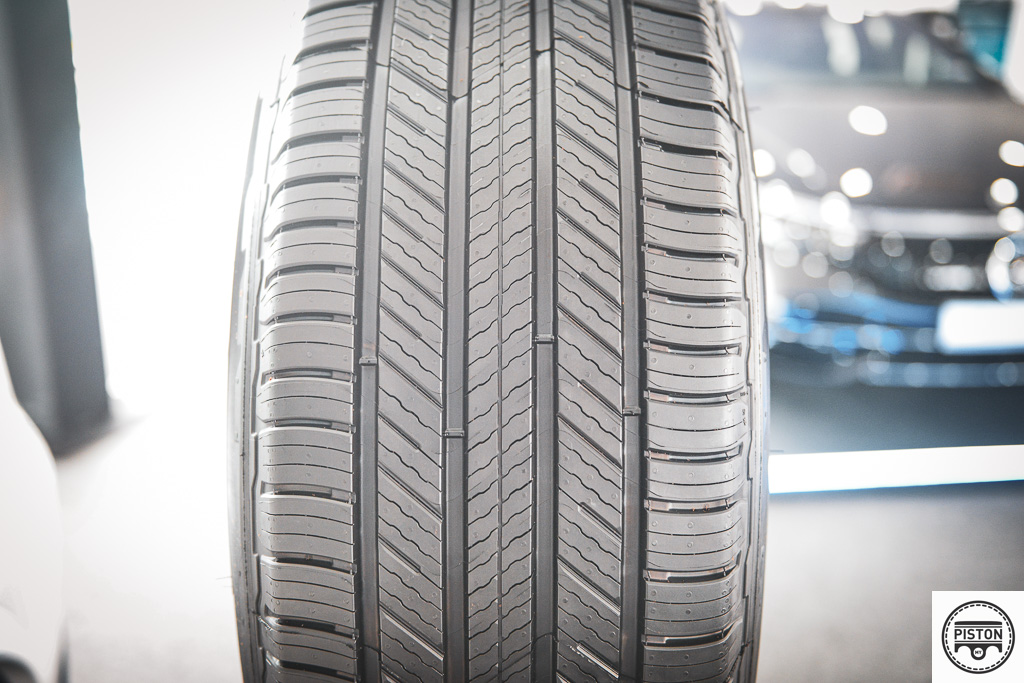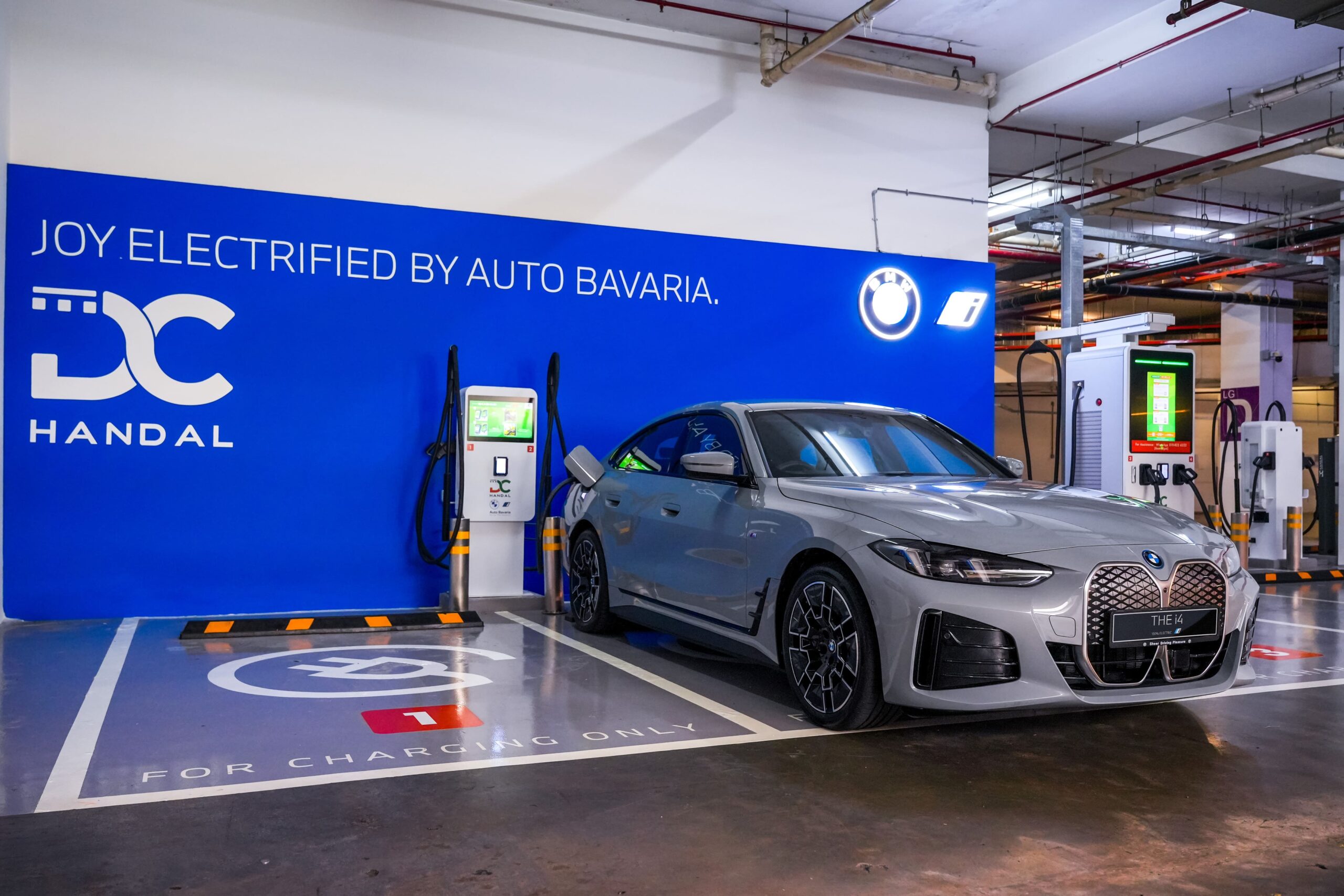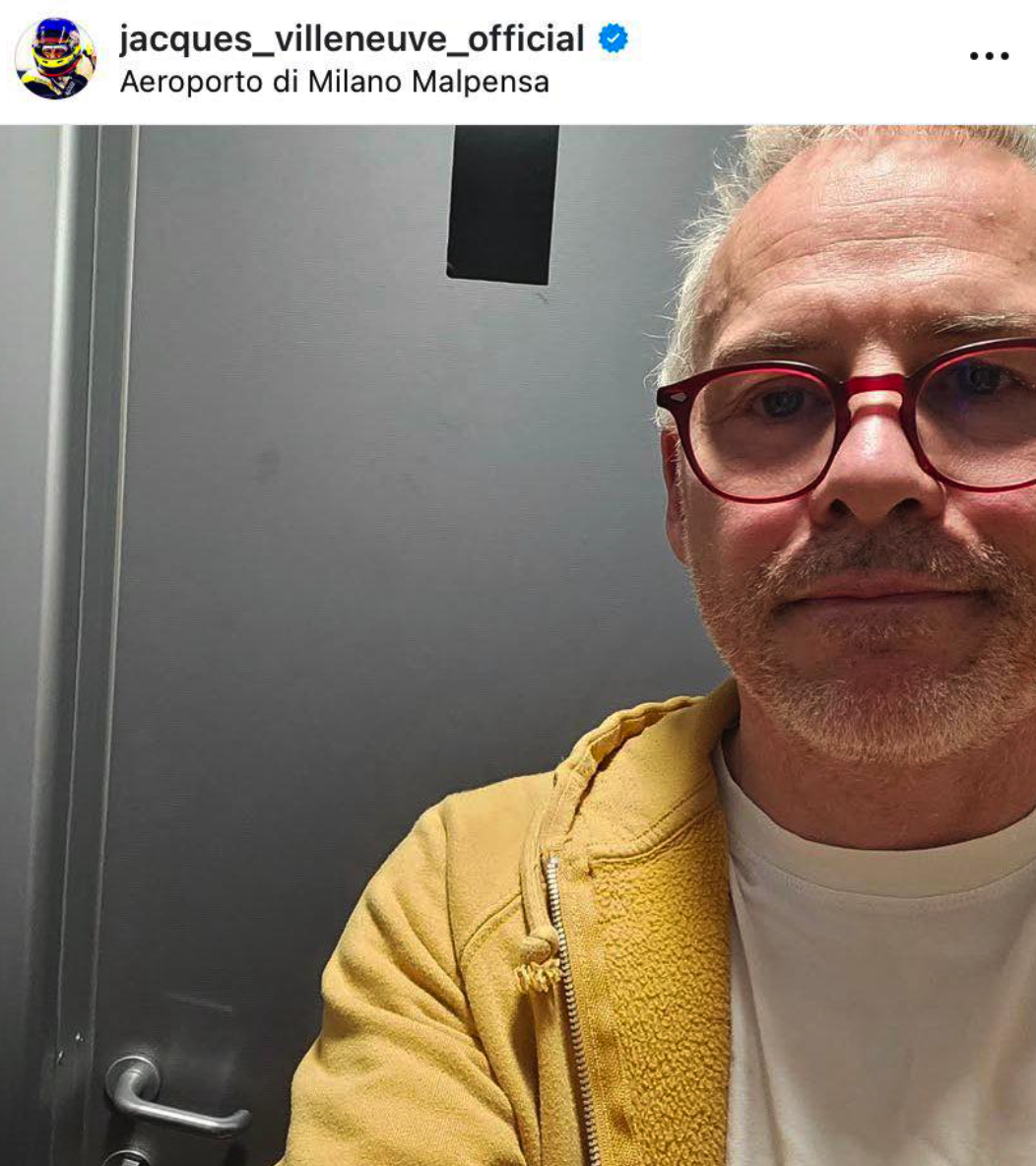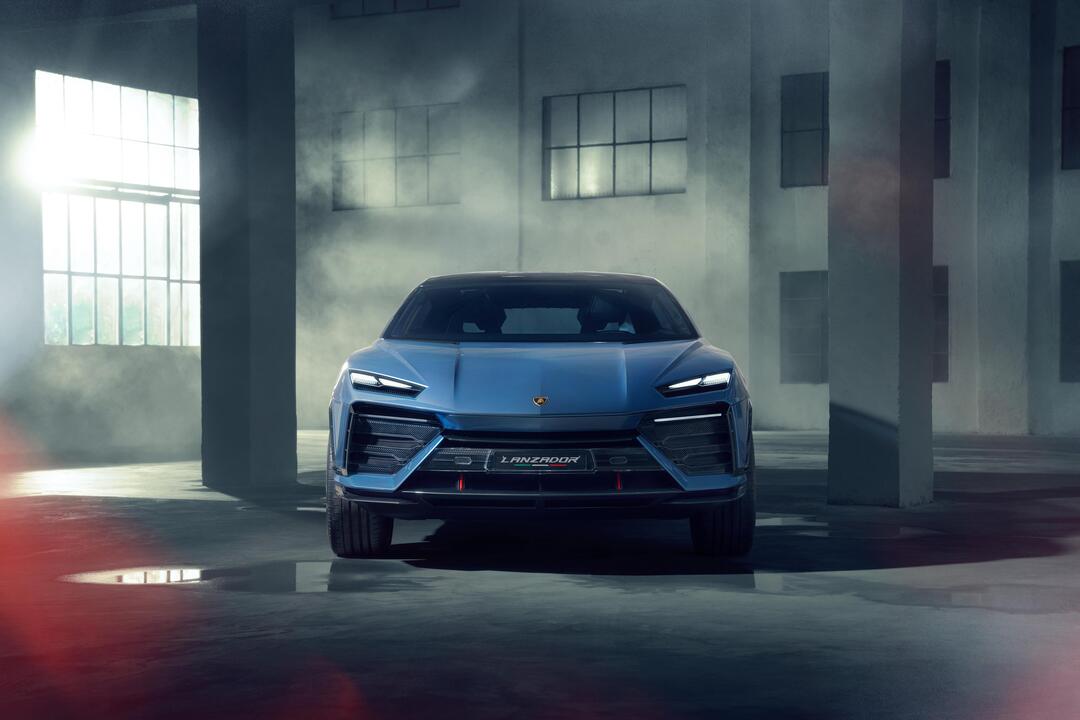Lexus, like the Toyota brand, is headed along the electrification road and more fully electric models will be added to the range in coming years. This next chapter has been started by the LF-Z Electrified, concept vehicle which made its world debut at the end of March this year. While a model looking exactly like the LF-Z Electrified might not be in showrooms, the concept car suggests the direction of the evolution of Lexus styling.
The interior of the concept car was developed by Lexus’ own designers and has many futuristic elements, as would be expected. Now, in a new approach, the brand has introduced the LF-Z Electrified Virtual Interior series to create a synergy between art, fashion, lifestyle, and technology that challenges the status quo of the automotive space. Conceived as a platform for collaboration, it brings together ambitious and innovative talent across a range of creative practices.
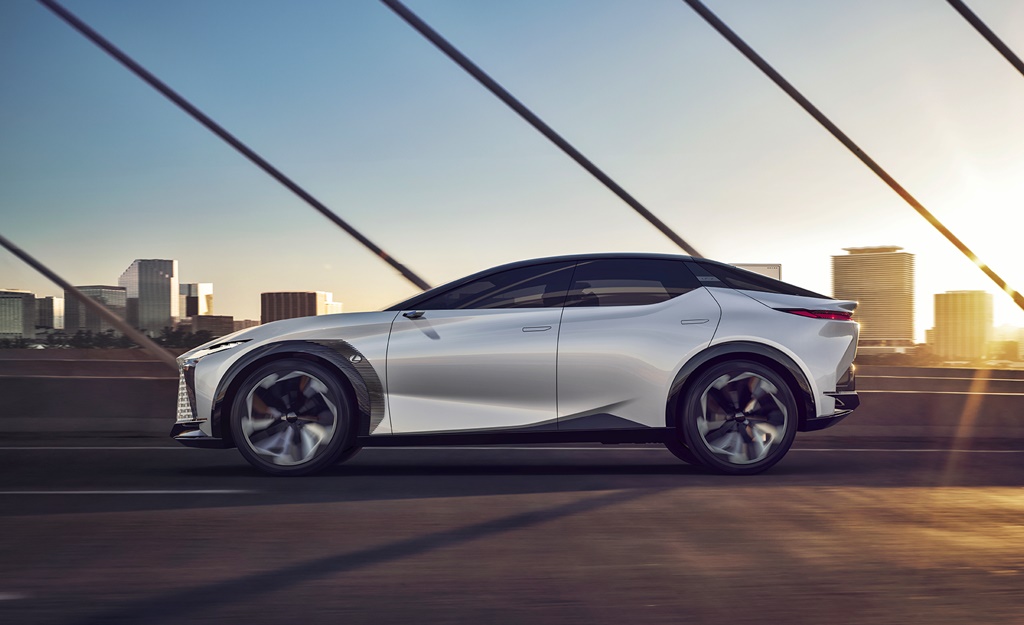
For the Virtual Interior series, Lexus has partnered with three pioneering artists and designers to re-imagine the concept car’s interior. Star footwear designer Salehe Bembury, digital artist Ondrej Zunka and Japanese fashion label Hender Scheme bring virtually rendered interiors with future-inspired design, Japanese heritage and takumi craftsmanship, and an enhanced human-machine connection.
“LF-Z Electrified embodies the future of the Lexus brand, so it is exciting to see that future represented by such diverse talent across the design space,” said Brian Bolain, General Manager at Lexus International. “Each of the collaborators brings a fresh energy that not only reinterprets the interior of the LF-Z but also examines the themes of Lexus’ next chapter.”
Salehe Bembury
Kicking off the series is award-winning footwear designer Salehe Bembury, whose interior design concept embraces the future. Bringing his nature-inspired design approach to the LF-Z Electrified, Bembury conceptualized a virtual interior that blends both a futuristic aesthetic with organic materials alongside his signature use of bright colour.
His concept interior uses colours inspired by sandstone landscapes and other natural tones, setting aside traditionally futuristic materials in favour of natural materials like cedar, cork and granite. These natural materials sit alongside textiles and patterns that reference Bembury’s background in sneaker design, such as a ‘hairy’ suede used on the seatbacks, and a fingerprint motif that is often found in the designer’s work, applied here for a personalized control panel.
Ondrej Zunka
Forgoing traditional notions of car design and transporting the LF-Z Electrified further into the future, Ondrej Zunka’s cabin concept features space-age mechanisms, sci-fi materials and multidimensional hues that transcend both time and space.
“This interior design is purely speculative, so I allowed for free associations and pure imagination and creativity,” explained Zunka. “I wanted to make the interior feel as if it wasn’t made by humans, but maybe designed by a sophisticated Artificial Intelligence. I wanted to go past any known language and design concepts and forget about what is usually used in automotive interior design.”
Looking at Lexus’ commitment to intuitive technology, Zunka, through the lens of his digital art practice, renders a virtual interior that pushes the boundaries of functionality and design. The tech-forward interior imagines intelligent lighting along the car’s panels that emit an entirely visceral sensation that subtly regulates mood. Translucent silicone seat cushions with memory foam-like properties and a panoramic ceiling, crafted from brushed chrome, complete Zunka’s hyper-futuristic vision for the Lexus LZ-F Electrified.
Hender Scheme
With their deep focus on the natural material characteristics of leather, Tokyo-based fashion label Hender Scheme was a natural fit to reflect Lexus’ Japanese heritage and takumi craftsmanship. For virtual interior, Hender Scheme imagined an entirely leather interior juxtaposed with the concept vehicle’s groundbreaking technology. The untreated, organic material will develop a ‘patina’ over time, deepening in colour and becoming unique to each vehicle. The concept reflects the passage of time and the driver’s relationship to the vehicle.
In a process that mirrors the 60,000 hours of experience required of a Lexus takumi craftsman, the design is rooted in the work of specialty craftsmen. At the beginning of the process, leather requires trained eyes to identify its natural material characteristics for use on the project such as thickness and elasticity. From there, molding methods would be introduced to shape the leather to the roof, doors and dashboard, beautifully finishing these sculptural parts.




